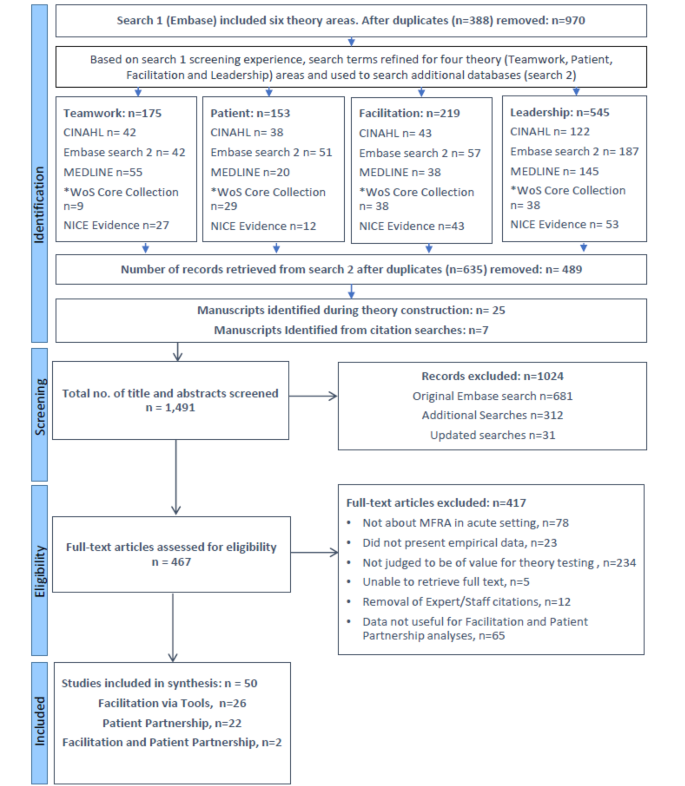The smart Trick of Dementia Fall Risk That Nobody is Talking About
Table of ContentsThe Main Principles Of Dementia Fall Risk Fascination About Dementia Fall RiskThe Ultimate Guide To Dementia Fall RiskThe Greatest Guide To Dementia Fall RiskThe Main Principles Of Dementia Fall Risk
You could be anxious because you have actually had an autumn prior to or due to the fact that you've seen you're starting to really feel unsteady on your feet. You could have noticed changes to your wellness, or just seem like you're reducing down a little. Whatever the factor, it isn't unusual to come to be cautious and lose confidence, and this can quit you doing the important things you made use of to do and make you feel much more separated.If you've had an autumn or you've begun to feel unstable, tell your doctor even if you really feel great otherwise. Your doctor can examine your balance and the method you walk to see if improvements can be made. They might be able to refer you for a drops risk evaluation or to the falls avoidance solution.
This information can be acquired via meetings with the individual, their caregivers, and an evaluation of their clinical records. Begin by asking the specific about their history of drops, including the frequency and conditions of any kind of current falls. Dementia Fall Risk. Inquire concerning any movement problems they might experience, such as unstable or difficulty strolling
Conduct a comprehensive evaluation of the person's medicines, paying certain attention to those understood to raise the danger of drops, such as sedatives or medicines that reduced high blood pressure. Identify if they are taking multiple medicines or if there have been current adjustments in their drug program. Review the person's home environment for potential dangers that can increase the danger of drops, such as poor lighting, loosened carpets, or absence of grab bars in the bathroom.
The Basic Principles Of Dementia Fall Risk
Overview the individual through the fall risk evaluation kind, clarifying each concern and videotaping their reactions accurately. Ensure that the individual understands the function of the analysis and feels comfortable providing straightforward responses. Calculate the overall danger score based on the responses provided in the assessment kind. Identify the individual's danger group (reduced, tool, or high) based upon the complete score and the existence of automated high-risk condition aspects.
This plan might consist of exercise programs to improve strength and balance, drug changes, home adjustments, and recommendations to various other experts as needed. On a regular basis keep an eye on the individual's progress and reassess their threat of drops as needed. Customize the care plan based on adjustments in their health and wellness standing official site or home environment. Give ongoing education and learning and support to promote security and lower the risk of falls in their everyday living find more info activities.
Many researches have shown that physical therapy can assist to minimize the risk of falling in adults ages 65 and older. In a brand-new study (that considered drops danger in women ages 80 and older), scientists computed the financial influence of picking physical treatment to stop drops, and they found that doing so conserves $2,144, including all the surprise prices of your time, discomfort, missed life events, and the dollars spent for services.
Dementia Fall Risk for Beginners
Examining your heart price and high blood pressure measurements at remainder and while you change positions (from sitting or lying to standing). A basic test of your reasoning (cognitive) abilities. Examining your balance, toughness, and walking capacity. An easy vision examination. Examining your feet and footwear. A home security evaluation. Based upon the analysis results, your physiotherapist will develop a strategy that is customized to your specific requirements.
Older adults who have problem strolling and talking at the same time go to a greater risk of dropping. Dementia Fall Risk. To help Go Here increase your security throughout day-to-day activities, your physical specialist may develop a training program that will certainly challenge you to maintain standing and walking while you do another task. Examples include strolling or standing while counting backwards, having a discussion, or lugging a bag of groceries
Your physiotherapist additionally can determine which activities you should avoid to remain secure. Community-based falls prevention programs aid individuals to: Lower their fear of dropping. Establish goals for enhancing their exercise. Make their homes safer. Exercise more to increase their toughness and equilibrium. These programs usually are led by volunteer trainers.
How Dementia Fall Risk can Save You Time, Stress, and Money.

Measles, or rubeola, is a very infectious, severe viral contagious disease triggered by the measles virus. Some individuals think about measles as just a rash and fever that clears up in a few days; however, measles can create serious wellness issues, specifically in youngsters younger than 5-years-old. The best defense against measles is the measles, mumps, and rubella (MMR) vaccination.
Autumns are a typical reason of injury amongst older adults. According to the CDC, in one year alone, fall-related injuries contributed to over $50 billion in medical prices (Dementia Fall Risk). In health center settings, older adults go to particularly high threat of falls due to the fact that their decreased flexibility from being confined to a space or bed.
Unknown Facts About Dementia Fall Risk

She has no background of falls, her stride is constant, and she invalidates with no problems. The previous registered nurse states that she calls for support to the washroom when she needs to go.
Examples of common autumn interventions/measures consist of: Ensuring a client's vital things are within reach. Putting the person's bed rails up with the alarm system on. Assisting a person while they're standing up from bed. Beyond comprehending exactly how to use the Johns Hopkins Loss Danger Evaluation Tool, it is essential that centers integrate its use into a more detailed autumn prevention strategy.